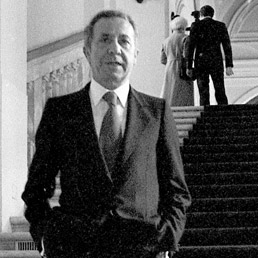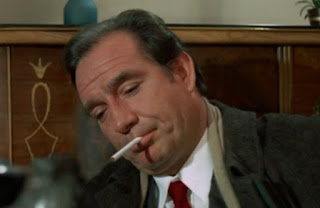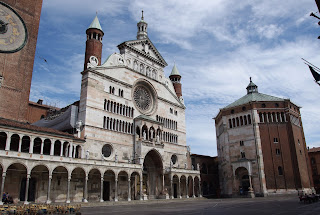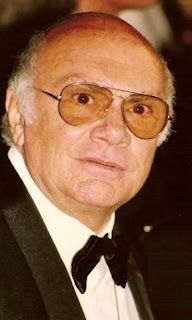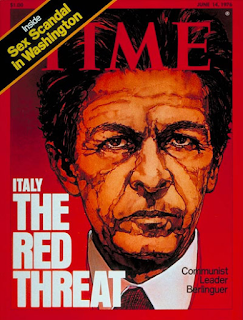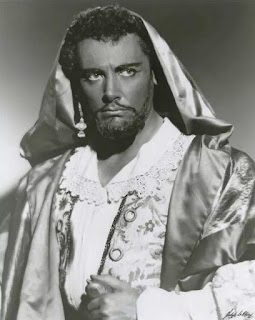Victor Emmanuel turned to Fascist leader after fearing civil war
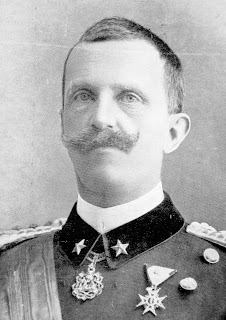 |
| Victor Emmanuel III |
Victor Emmanuel III, the king of Italy, invited Benito
Mussolini to become Prime Minister on this day in 1922, ushering in the era of
Fascist rule in Italy.
History has largely perceived the decision as a moment of
weakness on the part of the king, a man of small physical stature who had never
been particularly comfortable in his role.
Yet at the time, with violent clashes between socialist
supporters and Mussolini’s Blackshirts occurring almost daily with both sides bent
on revolution, Victor Emmanuel feared that Italy was on the brink of civil war.
The First World War had been financially crippling for
Italy, even though they had emerged with a victory of sorts in that the
Austro-Hungarians were finally pushed out of northern Italy.
In the poverty that followed, the country shifted sharply to
the left and in the 1919 general election the Italian Socialist Party (PSI)
gained 32 per cent of the vote, amounting to 156 seats in the Chamber of
Deputies, the largest representation in their history.
But for all the support for the PSI, particularly among
factory workers in urban areas, there were just as many Italians who felt
uncomfortable about their advance, and not only those who belonged to the
moneyed elite. The PSI had aligned
themselves with the Russian Bolsheviks and were determined to pursue a strong
ultra-left agenda that included the overthrow of bourgeois capitalism, but also
threatened, through state seizure of agricultural land, to deny rural workers any
prospect of fulfilling their aspiration to own land themselves.
 |
| The king with Mussolini in Rome in 1923 |
Ironically, Mussolini had been the leader of this Bolshevik
faction of the PSI before the First World War, his own politics having been
founded in socialist values.
But he was expelled from the party after going against their
opposition to the war and moving towards national syndicalism, which embraced
the principle of workers’ collectives owning the means of production but which
favoured tight state control and only limited democracy, combined with military
expansion to further national growth.
Many similarly displaced former PSI members joined Mussolini
in forming the Fascist Revolutionary Party, which evolved into the National
Fascist Party. And though Mussolini’s
party differed from the socialists in several areas, it still portrayed itself
as being on the side of the people.
Both sides promised to take power away from the ruling
classes and politicians by whom many ordinary Italians felt betrayed and though,
as a character, he lacked decisiveness, Victor Emmanuel knew he could not allow
the social unrest to continue and would have to come down on one side or the
other if order were to be restored.
Matters came to a head when he became aware that Mussolini,
who had already acquired a considerable following and effective control in
parts of northern Italy, was planning an insurrection in which he would lead
his Blackshirts in a symbolic March on Rome.
Luigi Facta, the Liberal prime minister, drafted a decree of martial
law, having been advised by General Pietro Badoglio to tell Victor Emmanuel his troops
could repel the uprising. But after initially indicating he would sign the
decree, the king then changed his mind.
 |
| Victor Emmanuel overestimated the threat of the Fascists to Rome |
This was partly because he overestimated the number of men likely
to take part in the march and the degree to which they would be armed, and
partly because he did not trust the army not to take the opportunity to stage a
coup. Largely, though, it was because he considered allowing Italy to fall into the hands
of the Marxists in the PSI to be unthinkable.
As it happens, having been told that the army would remain
loyal to the king, and knowing that the 300,000-strong force he would later
claim to have taken part actually amounted a the start to fewer than 10,000,
Mussolini was on the point of abandoning the insurrection.
Instead, a few minutes before midnight on October 29, he received
a telegram from the king inviting him to Palazzo del Quirinale, the official Rome
residence of the monarch and the seat of power.
By noon the following day, aged only 39, with no previous
experience of office and only 35 Fascists deputies in the Chamber, he had been
sworn in as President of the Council of Ministers – the Prime Minister. Rather than marching into Rome to seize
power, Mussolini actually travelled to the capital by train. The march did take place, but as a celebration.
The decision allowed Mussolini to crush the opposition, his
thugs continuing to employ the violent methods that had allowed him to dominate
northern and central areas of the country before his accession to power to reinforce
his rule across the whole of the country.
 |
| Mussolini joined the March on Rome, although by then his objective of taking power had been achieved |
Victor Emmanuel’s real crime was to stand aside while all
this was taking place, failing to act even when Giacomo Matteotti, a socialist deputy
who outspokenly claimed the 1923 election was rigged, was assassinated, with
clear evidence that Fascists close to Mussolini were involved.
He allowed Mussolini free rein to abuse his power, to the
extent that he had dropped all pretence of democracy within three years,
passing a law that decreed that he was no longer answerable to parliament, only
to the king.
By the time, in 1943, with Italy again sinking into civil
war, Victor Emmanuel ordered Mussolini’s arrest following a Fascist Grand
Council vote to remove him as leader, the Italian royal family by their
association with Fascism were irreversibly discredited.
 |
| The Palazzo del Quirinale used to be the royal residence in Rome |
Travel tip:
The Palazzo del Quirinale, a vast complex 20 times larger
than the White House and a seat of power in Italy since it was built in 1583,
sits on the top of Quirinal Hill, one of the seven hills of Rome. It has been the official residence of 30
popes – it was built originally as a summer residence for Pope Gregory XIII –
four kings of Italy and 12 presidents of the Italian republic. It became a royal
palace after the unification of Italy in 1871, although Victor Emmanuel III
preferred to live elsewhere, in the Villa Savoia, a house set in parkland in
the northern part of the city.
 |
| The church of San Sepolcro in the square of the same name in central Milan, where Mussolini launched his Fascist party |
Travel tip:
The roots of the Mussolini’s National Fascist Party can be
traced back to a rally that took place in Milan’s Piazza San Sepolcro on March
23, 1919, when the expelled former official of the Italian Socialist Party
launched a fascio – the word in use it Italy in the late 19th and
early 20th century to describe any political group. His Fasci Italiani di Combattimento (roughly
translated: Italian League of Combatants) was initially meant to represent combatants
from the First World War angered at the failure of the king and state to secure
the appropriate rewards for Italy after the sacrifices made by Italian soldiers
in achieving a victory. The Piazza san
Sepolcro is in the centre of Milan, a few streets away from the Duomo, just
behind the Ambrosian Library.






